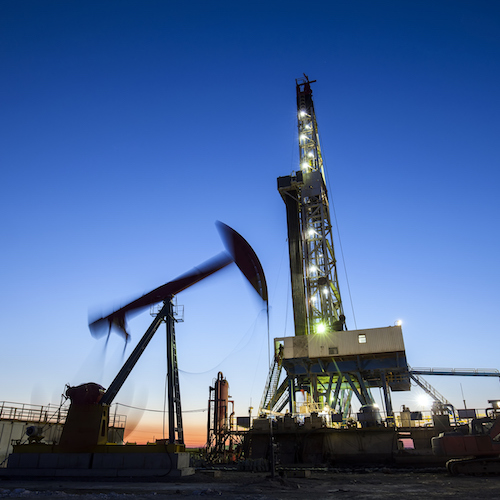
In its monthly Oil Market Report for January released Friday morning, the International Energy Agency (IEA) said that global crude supplies fell by 4050,000 barrels per day in December to 97.7 million barrels per day. The decline was due to lower production from the North Sea and from Venezuela.
The IEA expects 2018 supply growth from non-OPEC countries to rise by 1.7 million barrels a day, more than double the 700,000 barrel-a-day growth in 2017. As both the U.S. Energy Information Administration (EIA) and OPEC have already projected, the IEA also expects U.S. production to surpass 10 million barrels a day this year.
Along with the rise in non-OPEC production, the agency sees a downturn in demand growth to 1.3 million barrels a day. The IEA the estimate accounts for a healthy global economy and the 55% increase in crude prices since June. A price increase of that size and speed “can dampen oil demand growth to some extent.”
Commercial stockpiles in the Organisation for Economic Co-operation and Development countries declined for the fourth consecutive month in November, by 17.9 million barrels. Preliminary data for December suggest a further fall of 42.7 million barrels for the last month of 2017.
For all of 2017, the total demand forecast rose by 100,000 barrels to 97.8 million barrels a day, up by 1.5 million barrels a day compared to 2016. For 2018 the IEA also reiterated its prior forecast for growth of 1.3 million barrels a day to a total of 99.1 million.
Here’s how the IEA sums it up:
The uncertainty surrounding Venezuela is such that our regular practice of showing a market scenario chart that assumes steady OPEC production must be treated with caution. If OPEC countries plus their non-OPEC supporters maintain compliance then the market is likely to balance for the year as a whole with the first half in a modest surplus and the second half in a modest deficit.
This scenario, or something similar to it, presumably lies behind the assumption by forecasters surveyed by Reuters that Brent will trade in a $60-$70/[barrel] range in 2018. Whether or not the recent price rise has run out of steam and seventy really is plenty remains to be seen. However, such are the geopolitical uncertainties and the ever-dynamic prospects for US shale that we should expect a volatile year.
Early Thursday morning, West Texas Intermediate crude for February delivery traded at $63.45 a barrel, down about 0.8% compared with Wednesday’s closing price of $63.95. Brent crude for March delivery traded down about 0.6% at $68.71 a barrel in London.
It’s Your Money, Your Future—Own It (sponsor)
Are you ahead, or behind on retirement? For families with more than $500,000 saved for retirement, finding a financial advisor who puts your interest first can be the difference, and today it’s easier than ever. SmartAsset’s free tool matches you with up to three fiduciary financial advisors who serve your area in minutes. Each advisor has been carefully vetted and must act in your best interests. Start your search now.
If you’ve saved and built a substantial nest egg for you and your family, don’t delay; get started right here and help your retirement dreams become a retirement reality.
Thank you for reading! Have some feedback for us?
Contact the 24/7 Wall St. editorial team.
 24/7 Wall St.
24/7 Wall St.



